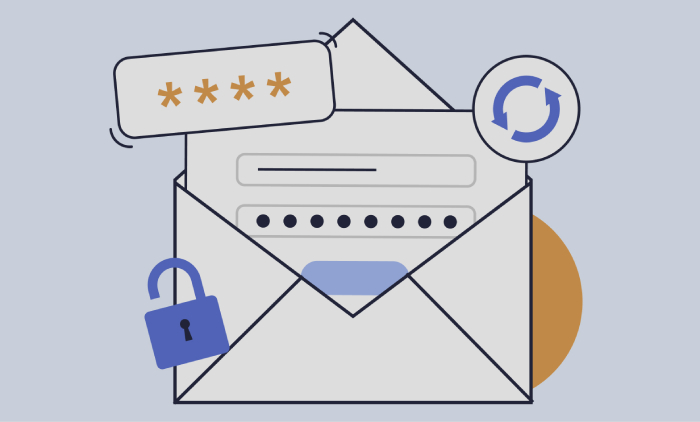- SPF is focused on verifying the IP address of the sending server, while DKIM verifies the actual contents of the email.
- DMARC builds on top of SPF and DKIM to provide a more complete email authentication solution, including policies for how emails from a domain should be handled.
- SPF and DKIM are both used to prevent email spoofing, while DMARC is focused on preventing phishing attacks.
The Difference Between SPF, DKIM, And DMARC:
Understanding Email Authentication Protocols
Understanding Email Authentication Protocols
The world of email can be a complicated one, with various protocols and technologies designed to improve security and prevent spam. Three of the most important email authentication protocols are SPF, DKIM, and DMARC. These protocols work together to ensure that emails are delivered securely and that recipients can trust the authenticity of the messages they receive. In this article, we will explore these three protocols and the differences between them. For more info visit duocircle.com.
SPF - Sender Policy Framework
The Sender Policy Framework (SPF) is a protocol designed to prevent email spoofing. Email spoofing is the practice of sending an email that appears to be from someone else, often with malicious intent. SPF works by allowing email servers to verify that an incoming email message is being sent from an authorized IP address. If the email message comes from an unauthorized IP address, the receiving email server can mark it as spam or reject it outright.
SPF works by publishing a DNS record that lists the authorized IP addresses for a given domain. When an email is received, the receiving email server checks this DNS record to verify that the message is being sent from an authorized source. If the IP address of the sending server matches one of the authorized IP addresses in the DNS record, the email is considered valid. If not, the email is either marked as spam or rejected.

DKIM - DomainKeys Identified Mail
DomainKeys Identified Mail (DKIM) is another email authentication protocol that helps prevent email spoofing. DKIM works by adding a digital signature to the header of an email message. This digital signature is generated using a private key that is associated with the domain sending the email. When the email is received, the receiving email server can use the public key associated with the domain to verify that the digital signature is valid. If the signature is valid, the email is considered authentic.
DKIM provides an extra layer of security over SPF, as it verifies the actual contents of the email, not just the IP address it was sent from. This means that even if an attacker manages to send an email from an authorized IP address, the email will still be rejected if the digital signature is not valid.
DMARC - Domain-based Message Authentication, Reporting, and Conformance
Domain-based Message Authentication, Reporting, and Conformance (DMARC) is a protocol that builds on top of SPF and DKIM to provide a more complete email authentication solution. DMARC allows domain owners to publish policies that specify how email messages from their domain should be handled by receiving email servers. These policies can include instructions to reject or quarantine emails that fail authentication checks, as well as to send reports back to the domain owner about emails that fail authentication checks.
DMARC helps to prevent phishing attacks, where an attacker sends an email that appears to be from a legitimate source, such as a bank or social media site. With DMARC, domain owners can instruct receiving email servers to reject or quarantine any email that fails authentication checks, making it much more difficult for attackers to successfully execute phishing attacks.

Differences between SPF, DKIM, and DMARC
While SPF, DKIM, and DMARC all work together to improve email authentication, there are some important differences between the three protocols.
In summary, email authentication protocols play a critical role in the security and authenticity of email messages. Implementing these protocols, such as SPF, DKIM, and DMARC, can help prevent phishing, spoofing, and other malicious attacks. By understanding the differences between these protocols and how they work together, individuals and organizations can better protect themselves and their email recipients. It's important to stay up-to-date with the latest email authentication best practices and regularly review and update your email security measures to ensure the highest level of protection.